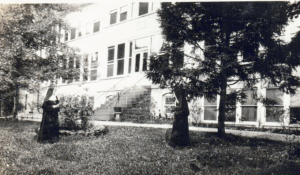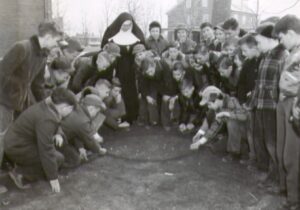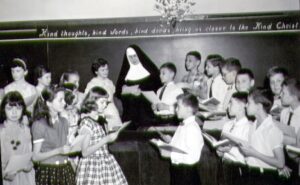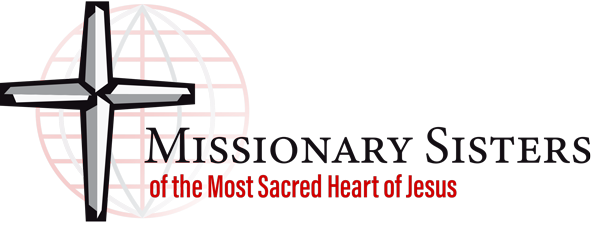Pioneer Days in the U.S.A. 1908-1928

In the early 1900’s the eastern coast of the USA had many small towns that had become home to a multitude of immigrants from various European countries. Each Catholic ethnic group built its own church and school with priests and sisters from their respective countries to assist the immigrants in their adaptation to life in the US. The Slovak immigrants of Slatington and Lansford in Pennsylvania needed teachers. A local German priest knew of the MSC Sisters in Hiltrup and begged Mother Franziska to send sisters to teach in their schools.
Eight sisters were chosen for this new missionary venture. After the one-week ocean voyage, the sisters arrived in New York City on August 11, 1908, and were met by the pastor of Lansford. The pastor of Slatington accompanied the sisters on the train the last 120 miles. They were welcomed into the convent of the Sisters of Christian Charity with whom they stayed for three weeks. One of these sisters, who herself was an immigrant from Germany, gave the MSC many helpful hints regarding strange new foods and classroom procedures. Soon our missionaries were on their own in Slatington and Lansford. Adequate housing had been prepared to welcome the sisters to Lansford and a large school had already been built; it had 600 students by the end of the first month!

In October of 1908, more sisters arrived from Germany and began a school with 38 students in Nazareth. For the first 18 months, they had the unpleasant experience of sharing the pastor’s one floor residence including his kitchen and bathroom. By 1927 there were 225 students. In Northampton, the sisters were given a small wooden structure for their home. They had no electricity or inside plumbing. Two kerosene lamps and a small stove provided heat and light. Their toilet was an outhouse. The sisters moved to more adequate housing in 1916; by 1926 the school had 800 students enrolled! In each of these towns, in addition to teaching the required curriculum in English and preparing the children for sacraments in their native language, these early pioneer sisters also were expected to care for the sacristy, decorate the church, bake hosts, play the organ for liturgical services, and lead the parish choir.

In 1912, MSC Sisters were put in charge of the care of 50 boys who lived in a very old and underfunded orphanage in Reading, Pennsylvania. Each week two or three Sisters went to different markets to beg for food. During the Spanish flu epidemic of 1918, some sisters left their classrooms to nurse the sick. This new ministry eventually led to the establishment of 4 hospitals in the USA.Sisters from Germany continued to be missionaries to the USA and American women joined them. The sisters continued to be available, generous, open, and creative in their works as the Spirit lead them to respond to new needs in new places. As Fr. Linckens reminded them, “For this Heart you are in the midst of the world,” and “Our mission has not finished until the whole world has turned to Christ.”
The seeds of future expansion had been firmly planted because the pioneer MSC Sisters radiated the love and joy of their missionary zeal rooted in the Heart of Christ through prayer and exemplified through the vow of Obedience that directed them: “What God wills; how God wills; for how long God wills!

FOR PERSONAL REFLECTION
How would you describe the greatest strengths and greatest challenges from the pioneer MSC Sisters that existed in their communities?
